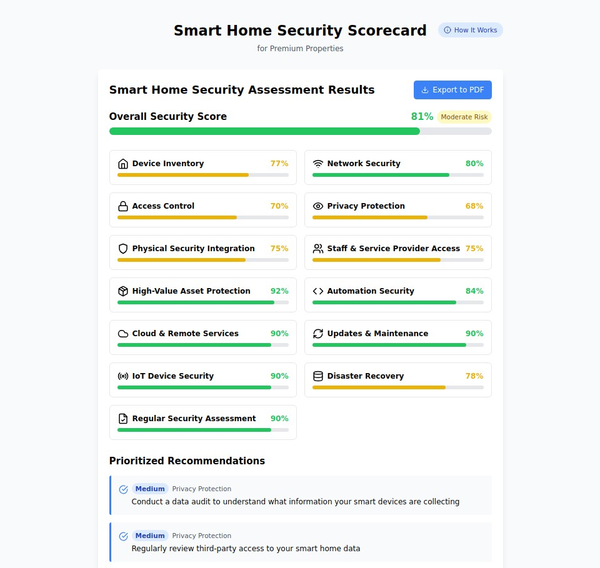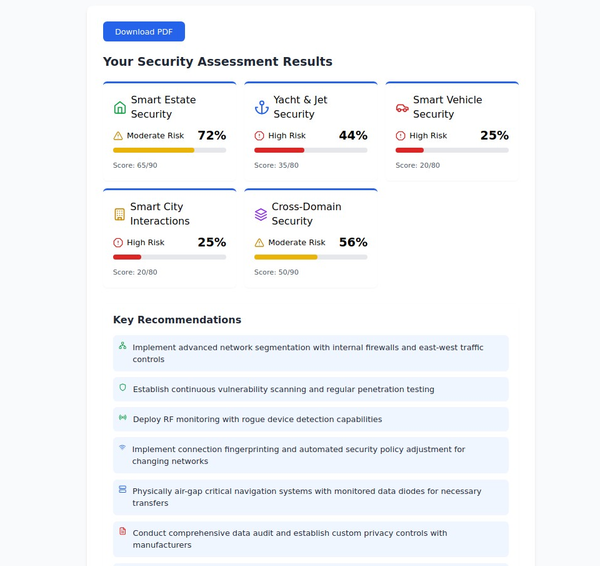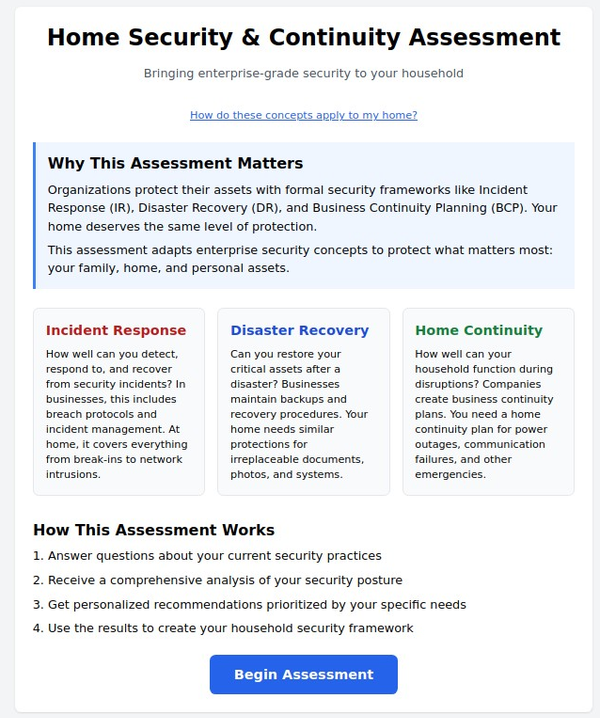10 best practices in securing IoT throughout the smart home

- Change Default Passwords: One of the easiest ways for hackers to gain access to IoT devices is by using default passwords. Always change the default passwords to strong, unique ones.
- Keep Firmware Up-to-Date: Manufacturers often release firmware updates to fix security vulnerabilities. Make sure to apply firmware updates as soon as they become available.
- Limit Device Exposure: Only purchase devices from reputable manufacturers and avoid cheap, off-brand devices. Limit the number of devices on your network and only use those that are essential.
- Use Strong Encryption: Always use strong encryption methods, such as WPA2, to protect your network from unauthorized access.
- Secure Your Router: Make sure to use strong passwords for your router and limit access to the administrative interface.
- Create a Guest Network: Consider setting up a guest network for visitors that is separate from your main network. This will prevent them from accessing your smart home devices.
- Disable Unneeded Features: If a device has a feature that you don't need or use, disable it to reduce your attack surface.
- Monitor Your Network: Keep an eye on your network activity and use intrusion detection and prevention tools to help you identify and prevent attacks.
- Use a VPN: Consider using a virtual private network (VPN) to encrypt your internet traffic and protect your data from hackers.
- Educate Yourself: Keep up-to-date with the latest IoT security news and best practices. Learn how to identify and mitigate risks to keep your smart home safe.
By following these best practices, you can significantly reduce the risk of your IoT devices being hacked or compromised. Remember that securing your smart home is an ongoing process, so make sure to stay vigilant and keep up-to-date with the latest security developments.
